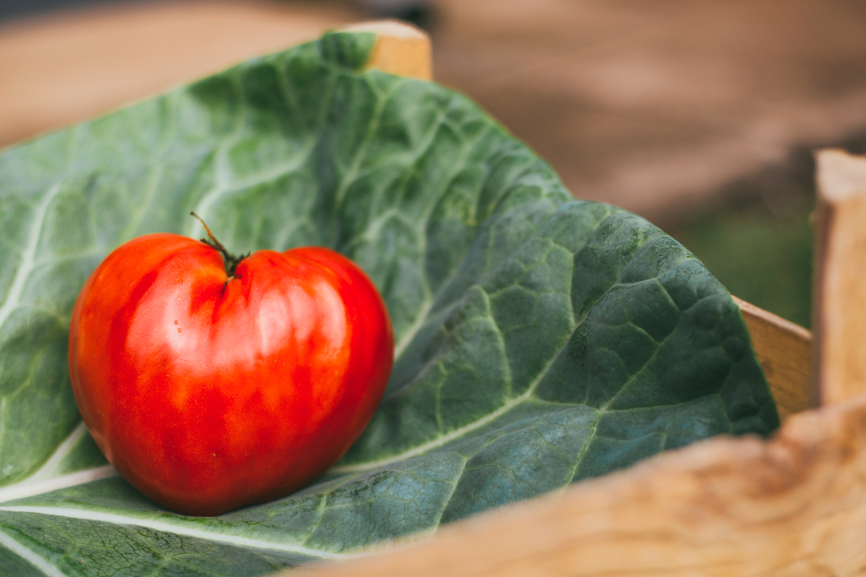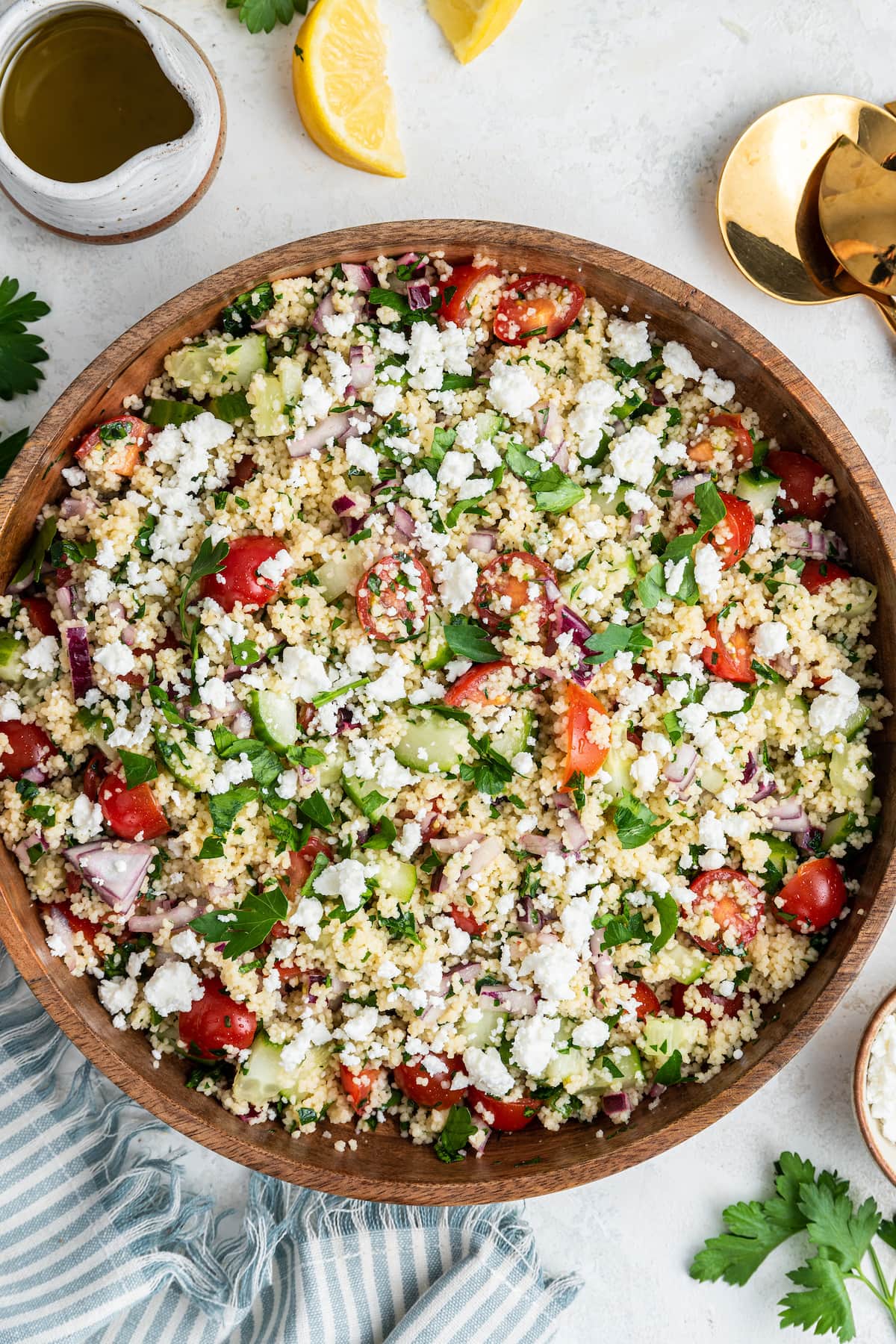Healthy Eating Tips –
There’s a misconception that really needs to be squashed!
This type of negative thinking is all around us, even within the ranks of our family members.
I have friends who would barely try a new food because I mistakingly introduced it as being a “healthier version.”
I will not be making that error again!
Apparently, the word “healthy” equates to “disgusting” or “unpalatable” in some minds.
I find that attitude a little unpalatable, if I’m completely honest!
 So, if you think those lovely cookbooks that are collecting dust on your bookshelf can only be used for special treats, while the rest of the time you’re forced to eat boring, tasteless rabbit food, today’s article is for you 🙂
So, if you think those lovely cookbooks that are collecting dust on your bookshelf can only be used for special treats, while the rest of the time you’re forced to eat boring, tasteless rabbit food, today’s article is for you 🙂
I’m going to show you how you can make your favorite recipes healthier with a few recipe subs.
It’s really very simple indeed.
I have numerous cookbooks in my kitchen, and few of them are what you might call “healthy” or “diet”.
I simply take the recipe as it is from the cookbook and make the changes I deem best.
And if you think these changes are going to make your favorite recipes taste wrong, think again!
In fact, one of the comments I get most from those on my weight loss program, is how delicious the recipes are.
These are recipes I’ve tried and tested, tweaked and tinkered with over the years — they are both healthy and delicious.
I don’t live on rabbit food, and I don’t believe you should either!
Many recipe books these days have jumped on the health bandwagon. So, you will find ingredients like fat free sour cream and low fat yogurt, as well as canola oil, and low fat milk.
I don’t eat these foods, but swapping them out is easy.
All you need to know is what to replace these undesirable ingredients with, and you can change the recipe without compromising on taste.
My Top 7 Food Swaps to Turn Your Favorite Recipes into Real Food Recipes
#1 Food Swap: Full Fat Dairy
It’s a common recommendation to use low fat products (usually dairy) in recipes.
I’ve discussed why full fat dairy foods are better for you before, so here’s a quick summary:
- Butterfat is a great source of easily absorbed vitamin A. It also contains the fat-soluble vitamins D, E and K2.
- Butterfat is a source of trace minerals, including manganese, chromium, zinc, copper, selenium, and iodine.
- Milk, cheese (and meat) from grass fed cattle is a good source of omega 3 fats.
- When dairy products come from grass fed cows they contain high levels of conjugated linoleic acid (CLA) — a compound that helps your body build muscle rather than store fat, amongst other things.
- When you eat fat as part of your meals and snacks it helps to slow down absorption, and this means you feel fuller for longer.
I recommend that you use a little full fat dairy food, rather than low fat or fat free products in your cooking for both taste and health.
Some of the best choice include dairy products made from grass fed milk, mature cheddar, feta and gouda, as well as natural, unsweetened yogurt (organic or grass fed, if possible), and fermented milks, such as kefir or Indian Lassi.
#2 Food Swap: Coconut Oil
In case you’ve missed my protestations about how bad vegetable oil is for you, let me remind you…
Vegetable oil is absolutely awful for your health. Avoid, avoid, avoid!!
The majority of people don’t even realize that by switching to canola oil, for example, they are ultimately eating something much worse for them than the butter they had been using for years.
Let’s be honest, if you’re confused it’s no wonder, since these products have been talked-up so much by health professionals.
The truth is that vegetable oils are often rancid, and they are not heat-stable fats, so they easily oxidize. This is really harmful for your health.
A little extra virgin coconut oil, butter, and even certain animal fats (rendered yourself), are actually quite healthy for you.
Go for plant-based sources of saturated fat, such as coconut oil, or animal fats, like butter, lard (pig fat), or tallow (beef or mutton fat).
The one prerequisite I’d add is that you make sure your fat is from grass-fed animals.
Also, the lard or tallow you find at the supermarket is likely to be loaded with trans fat, which is why rendering your own is a good idea.
So, if you have a recipe that recommends using margarine, crisco, or some other fake version of the real thing, don’t go there!
To make this all a little simpler, here’s a quick checklist of what you need to look out for when you go to buy or use fats and oils to cook with;
- Think about the smoke point and what you need the oil or fat to be able to cope with. If you need to cook something at a high temperature, for example, some oils (e.g. walnut oil) will be unsuitable.
- Think about how the fat and oil has been produced? Is it minimally processed? Does your olive oil smell like olives? Does your butter smell like cream?
- Does your fat come from an organic/grass fed source?
- How will the flavors of your oil or fat affect your meal? For example, if you use coconut oil is it going to compliment or take away from the other ingredients?
At the end of it all, I am certainly not suggesting you can eat all the lard you want, with no need to worry about your health.
But I am saying, a little in moderation is absolutely fine.
#3 Food Swap: Olive Oil
I love olive oil. It is a fantastically healthy oil.
But, you should not be cooking with it. Ever! It’s simply too fragile.
You see, by cooking with olive oil you risk turning it from a fantastic antioxidant to an oxidized fat.
I go against my greatest chef hero of all time, Jamie Oliver, when I say this, but on this point I must beg to differ with him! 🙂
If you really must cook with it, use a very low temperature, and preferably mix it with a saturated fat like butter.
Do, however, use olive oil for homemade salad dressings, or to drizzle over your meal once it has been cooked.
The best alternatives for cooking are coconut oil, ghee, or animal fats like lard, tallow, or butter.
#4 Food Swap: Grass-Fed or Pastured Meat and Eggs
Meat and eggs from animals kept in confinement are not only inferior in taste, but they are lacking in nutrition, too.
Don’t believe me?
A study by my university friend, Dr Alison McAfee, found that meat from cows that have been raised in their natural environment were a significant source of omega 3 fat in the diet.
So, I strongly recommend you buy grass fed or pastured meat and eggs, preferably from a local farmer or butcher, whenever you can.
If that isn’t possible, certified organic animal products would be the next best thing.
#5 Food Swap: Organic
In truth, I don’t buy organic foods for very many items, mainly due to cost.
However, some fruits and vegetables are particularly risky.
The Environmental Working Group produce a list every year of produce commonly contaminated with pesticides exceptionally toxic to the nervous system.
I recommend you check out this list, and see if there are any foods you ought to be buying organic.
Looking at that list again, I think I personally need to start putting more organic produce into my shopping trolley each week, regardless of cost.
Perhaps their “Dirty Dozen” would be a good place to begin.
#6 Food Swap: Sugar
As you know, sugar isn’t the most nutritious thing in the world.
However, a small amount is usually fine, unless you want to seriously cut your carb intake for weight loss.
Please do not allow yourself to be fooled by the so-called “healthy” sweeteners out there that are nothing of the sort.
You should avoid things like agave nectar, stevia powder, “raw” sugar, fruit sugar, and as I’ve said already artificial sweeteners like aspartame and Splenda.
There are a few alternatives to sugar which you could use, although for the most part, I don’t recommend replacing one sweet item with another. Ultimately it’s best to wean yourself off a dependance for sweet foods.
I keep things simple with my sugar alternatives, favoring honey mostly (raw if you can get it), and by avoiding all artificial sweeteners completely.
If you want to use stevia, choose the green leaf version, and avoid highly processed products like Truvia and PureVia.
Don’t forget about those naturally sweet, healthy foods, too. Think fresh fruits, dried fruit, coconut, or raw chocolate.
#7 Food Swap: Salt
Most people don’t realize that you do, in fact, need a little salt in your diet everyday.
However, we should all be making a conscious effort of avoid the hidden salt from refined and heavily processed foods.
Not only are these foods really bad for health, but combined with the fact manufacturers always use a heavily processed version of salt, these are not the kind of foods you should be eating regularly.
So, when a recipe calls for salt, switch to small amounts of full spectrum salt instead. This salt contains the full spectrum of 84 minerals and trace elements.
Standard table salt does not retain these trace elements, as a result of the heavy processing it goes through. It also contains certain additives, such as anti-clumping agents, as well as iodine fortification.
A good example of healthier salt alternatives include Celtic sea salt, which is a brownish sandy color. Or, Himalayan salt
, which is a pink sandy color.
You can read more about the salt myth in my recent article.
I’d love to hear from you — what are your tips for cooking real food recipes?
The post 7 Easy Ways to Turn Any Recipe into a Real Food Recipe appeared first on Healthy Eating Tips.
(c) Healthy Eating Tips – Read entire story here.









